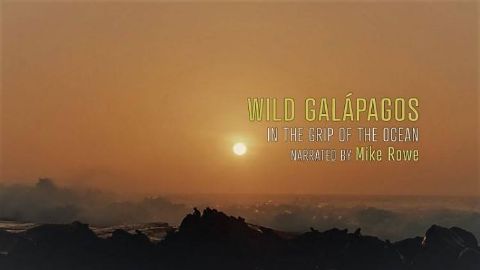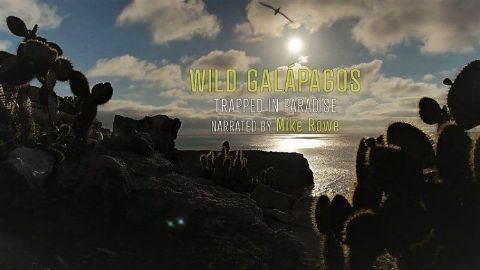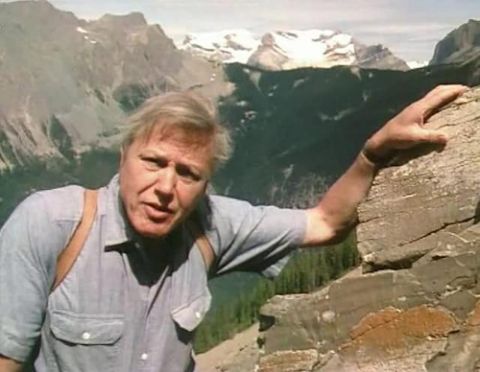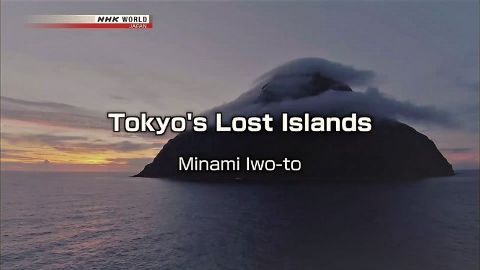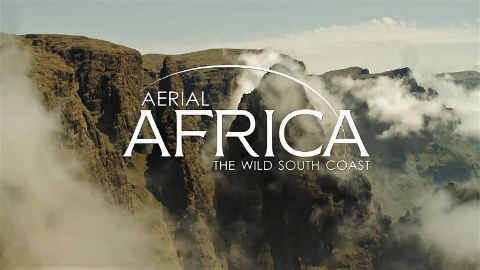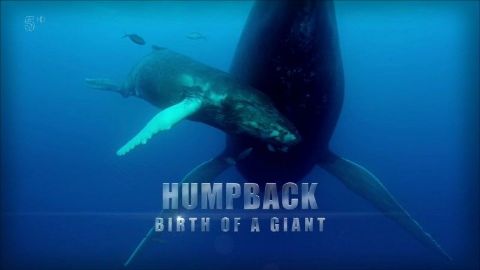Wild Galapagos • 2017 • 2 episodes •
The incredible reef life and the birds, lizards and reptiles who cope with the lava rock islands of the Galapagos make this remote series of islands a unique natural habitat. The Panama and Humboldt currents regulate the seasons and the rhythm of life onshore and off.
2017 • Nature
The Galapagos Islands are home to some animals that washed up on the islands millions of years ago and have made adaptations. Penguins, iguanas, tortoises and cormorants have changed so they can survive the harsh climate. But possibly the oddest adaptation is that of the Vampire finch.
2017 • Nature
